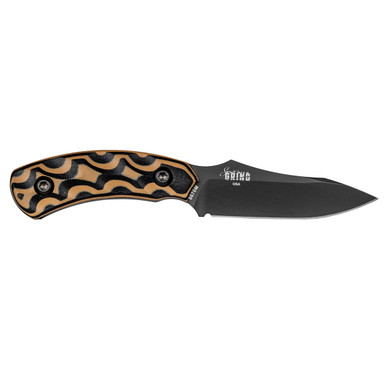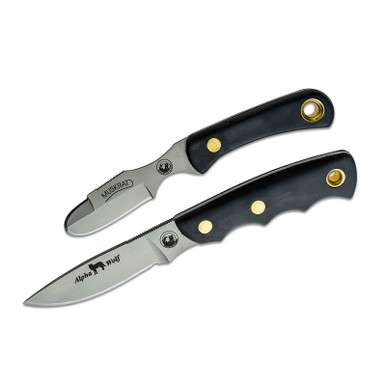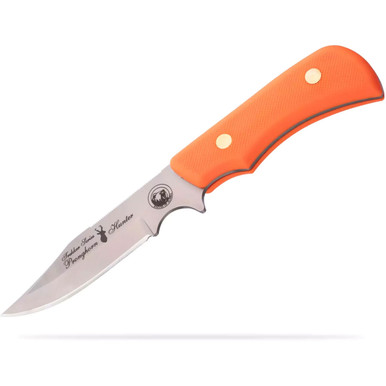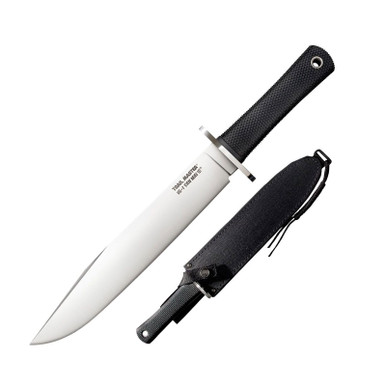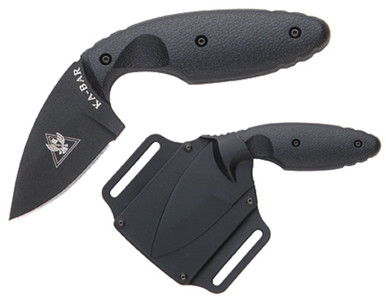Why Blade Length Matters with a Fixed Knife
Selecting a fixed-blade knife might pose a challenge to first-timers and more seasoned users alike. Though there are several key features to consider including the material of the blade and its handle style, one of the most important considerations is blade length. The ways in which the blade length may affect your performance are quite numerous. Different blade lengths offer different benefits and entail different drawbacks, so it is important to understand what each length has to offer to make the right choice.
In this guide, we will discuss why the blade length is so important when deciding on a fixed-blade knife and how it can affect your performance with the knife. We’ll cover different tasks that require various lengths of blades and why having a variety at your disposal can be beneficial when choosing a knife for any given job.
Introduction: What is a Fixed Knife and Its Different Types?
Fixed-blade knives feature blades that have no moving parts and are permanently fixed into a handle. Generally, they are considered to be more robust, reliable, and durable than other types of knives since there is no chance of the blade becoming loose. The risk of accidentally cutting yourself is also reduced. There are quite a number of fixed-blade knife types and their classification is based on several determining factors.
The most prominent classification is according to the blade style. There are many different types of knife blades, each with its own unique characteristics and uses. Enumerating them would quickly turn into an article of its own, so we'll mention only the most notable styles. After all, the blade style is closely related to the blade length, which is the center point of this article.
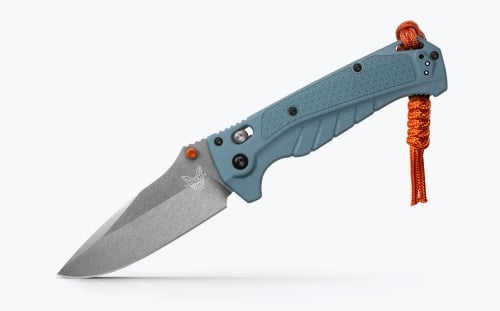
Drop-point blades have a curved spine that slopes down towards the tip of the blade. This gives them a strong point for piercing and slicing tasks while still providing plenty of control for precision work. Drop-points are often found on hunting knives and larger pocket knives due to their versatility.
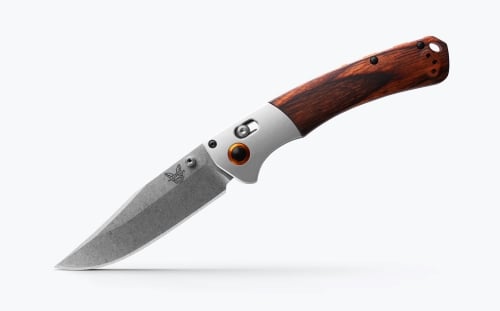
Clip-point blades have a concave or "clipped" shape near the tip which makes them well suited for detail work such as carving or whittling. The clip also provides an extra sharp point which makes it ideal for piercing tasks as well. Clip points are commonly found on pocket knives and tactical knives.
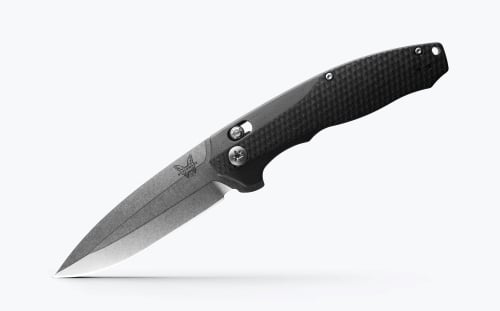
Spear-point blades are symmetrical on both sides with a sharp point at the end making them perfect for stabbing and slicing tasks due to their long cutting edge which runs along both sides of the blade from tip to handle.
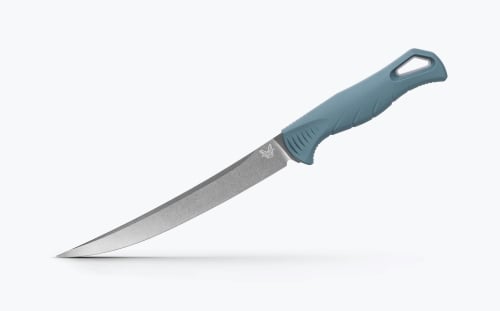
Trailing-point blades have a long curved edge that curves up towards the tip from the spine giving them an extended cutting surface that is great for slicing tasks such as skinning game animals or fileting fish.
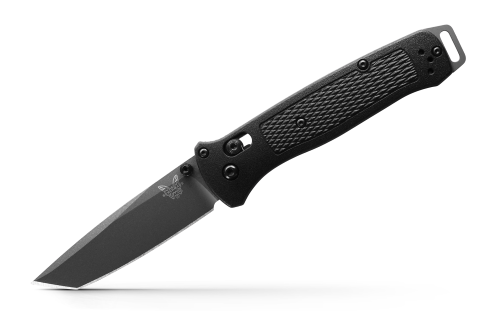
Tanto blades have an angled point with two straight edges running parallel from handle to tip making them extremely strong and durable when used in piercing tasks such as breaking through hard materials like wood or plastic. They don't excel at slicing, though.
Exploring Different Blade Lengths of Fixed Knives & How It Affects Performance
Fixed knives come in a variety of blade lengths, ranging from 2 inches to 18 inches or more. The length of the blade will determine what tasks the fixed knife is best suited for. Generally speaking, smaller blades are better suited for finer and more detailed tasks while larger blades are better suited for heavier-duty tasks.
2” – 4” blades: These fixed knives are extremely lightweight and portable, making them great for everyday carry items. They can range from being used as an EDC (everyday carry) item to a small fixed hunting knife. Tasks that these sizes of fixed knives are best at include precision carving, whittling, skinning game animals and precise slicing.
4” – 6” blades: This length of fixed knife is a great size for most general tasks including camp chores, hunting, food preparation and emergency survival situations.
6” – 8” blades: This fixed blade size range is the most popular amongst outdoorsmen due to its versatility. It can be used for a variety of tasks such as skinning game animals, field dressing, batoning wood and more.
8” - 12" blades: These fixed knives are perfect for larger-scale chopping or cutting tasks such as processing firewood or large chunks of meat. They also make excellent survival fixed knives since they can handle heavier use with ease.
12"+ blades: Blades of this length are typically meant for fixed-blade machetes or fixed-blade swords. These fixed knives are best used for larger cutting tasks, chopping through thick brush, and hacking away at wood branches.
What Are the Benefits of Different Blade Lengths?
A fixed knife with a longer blade is generally considered better suited to heavier work as it provides more leverage when cutting or slicing. It also provides more reach and can be used to cut multiple items in one stroke, making them ideal for processing firewood or making kindling. Shorter blades are great for precision tasks such as whittling, carving, gutting game animals and skinning fish. They provide better control than a longer fixed knife since they have less weight behind them.
How To Choose the Right Blade Size for Your Needs?
With so many different sizes and types of blades available, it can be difficult to know which one is best for you. Fortunately, there are some tips and tricks that can help make the process easier.
First, consider what type of job you need to do with your blade. Different blades are designed for different tasks, so it’s important to choose one that will work best for your specific needs. For example, if you’re looking for a blade to cut through metal or wood, you’ll need a larger blade than if you were looking for something to trim hair or nails.
Next, think about the size of the material you’ll be cutting. If it’s larger than the blade itself, then you may need a bigger blade in order to get the job done properly. On the other hand, if it’s smaller than the blade then a smaller one might be more suitable.
Finally, take into account any safety considerations when selecting a blade size. Some blades are designed specifically with safety in mind and have features such as non-slip grips or guards that protect against accidental cuts or slips while using them.
Conclusion
For better or worse, there is no one-size-fits-all when it comes to knife blades. Different blades are better suited for different tasks and purposes, so it’s important to carefully consider what you will be using the blade for before making a purchase. With the right blade size and type in hand, you should be able to complete any task with confidence and precision.
FAQS
What is the difference between short- and long-blade knives?
Short-blade knives typically have a blade that is between 2 and 4 inches long and are used for tasks that require precision, such as slicing vegetables or trimming meat. Long-blade knives typically have a blade that is between 5 and 12 inches long and are used for tasks that require more power, such as cutting through thick pieces of meat and breaking bones.
How does the length of a fixed-blade knife affect its performance?
The length of a fixed-blade knife affects its performance in several ways. A longer-blade provides better leverage, making it easier to cut through tougher materials. A longer-blade also gives the user more distance between their hand and the object being cut, which can come in handy for certain cutting tasks. Conversely, a shorter blade may be easier to carry and conceal and can be used for finer tasks that don't require as much leverage.
What is the general range of lengths for fixed-blade knives?
The general range of lengths for fixed-blade knives is from 3 inches to 18 inches.
Are there any advantages or disadvantages to shorter or longer-blade knives?
The advantages of shorter-blade knives include increased portability, better control, and easier storage. Shorter blades also require less force to use and can be used for more delicate tasks.
Advantages of longer-blade knives include increased reach, greater slicing power, and increased versatility. Longer-blades are ideal for cutting through tougher materials such as bone or cartilage.
In what situations would it be beneficial to use a longer-blade knife over a shorter one?
A longer-blade knife would be beneficial in situations where you need to cut through thicker material or need more precision in the cut. For example, if you are cutting vegetables or fruits, a longer-blade knife will provide better accuracy and control. Additionally, a longer-blade knife may be better for slicing through tougher materials, such as meat or bone.
Recent Posts
-
Echelon 4.0C Launch and Its Impact on Handgun Design
Recently, Springfield released the new Echelon 4.0C (aka Echelon Compact) 9mm pistol. Read to lear …Dec 18th 2024 -
The End of an Era: Why Cheaper Than Dirt Stopped Selling Guns
Recently, Cheaper Than Dirt, a major online gun store based in Fort Worth, made headlines by steppin …Oct 24th 2024 -
A Guide to Hunting, Sporting & AR-15 Rifle Barrels
In this post, we’re discussing rifle barrel types in terms of materials, finishes, profiles, twis …Jun 11th 2024



